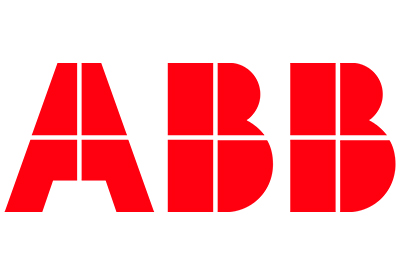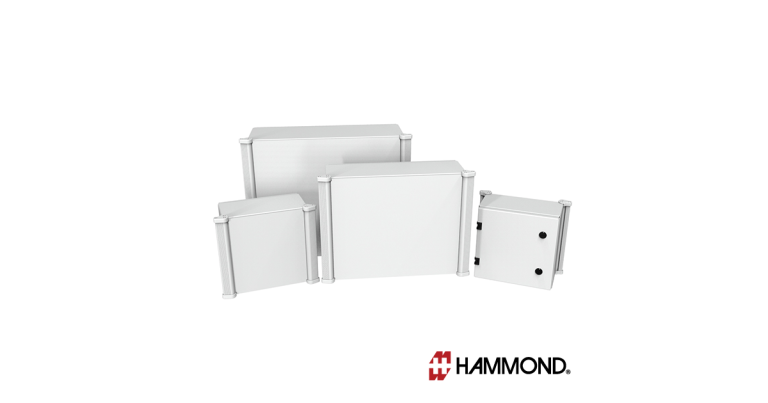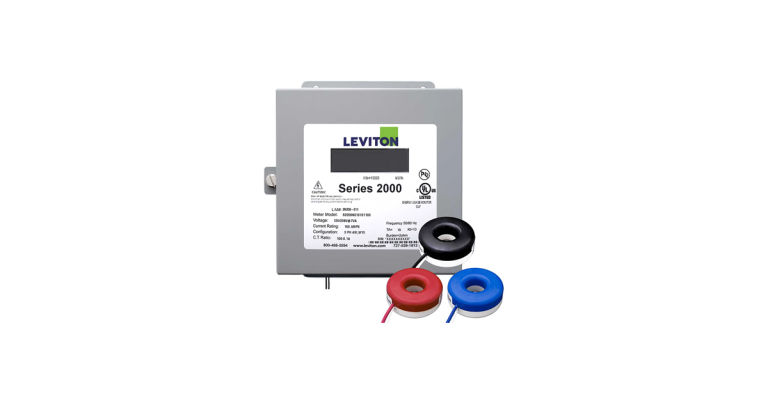ABB Delivers High Current and Power Density for Compact IT Equipment with MicroDLynx II

August 6, 2021
Pushing the boundaries of advanced IT and networking devices requires improvements in component density and functionality. And for power and electrical engineers, this equates to designing board-level power modules in ever-shrinking, high density packages. ABB’s new MicroDLynx IITM DC-DC converters help meet the power needs of demanding, data-hungry applications, providing highly accurate voltage regulation in a compact, 232-mm2 footprint – with a power density of 167 A/in2.
“When you look at the sheer computing power required in today’s data-intensive applications – from cloud computing, artificial intelligence (AI) and 5G, to the Industrial Internet of Things (IIoT) and high-speed networking – every square millimeter of board space that can be utilized for processing power is precious,” said Vesa Jokitulppo, senior product manager at ABB Power Conversion.
The new MicroDLynx II power modules – the latest addition to ABB’s proved DLynx II family of DC-DC converters – provide the precision power required for equipment including high-speed switches and routers, AI processors, application-specific integrated circuits (ASICs), high-current field programmable gate array (FPGA) processors, and ARM-based processors – and it does so in a small footprint that frees up valuable space for additional computing capacity and functionality.
 Performance and Control
Performance and Control
Features of the new MicroDLynx II non-isolated, high-density DC-DC converters – or UJT060 DC-DC converters – include:
- DC input voltage range of 7.5 to 14.4 volts (V).
- Precisely regulated, programmable output voltages of 0.5 to 2 V.
- Ability to link in parallel configurations of up to four units to achieve maximum output currents of 240A.
- Advanced digital controls and monitoring via PMBus 1.3 that creates “black box” fault detection for advanced diagnostics. PMBus commands can be set to record and store a wide range of parameters. 88% high efficiency power conversion from 12V input to 1V output, reducing energy consumption and improving thermal management.
- Minimal power thermal derating from airflow and ambient temperatures.
- Fully tested and IPC9592-qualified modules that can help reduce application time-to-market and design risk while also improving field reliability.
- Low transient and ripple attributes to meet load input voltage requirements.
New Digital Power Insights ProGUI III
In addition to the MicroDLynx II DC-DC converters, ABB has announced a new version of its proven Digital Power Insight software tool. The Digital Power Insight software integrates with ABB’s digital products – including AC-DC and DC-DC power supplies, digital bus converters, and point-of-load/voltage regulator modules – enabling communication between the power supplies and customer end-use equipment via a PMBus interface. This allows customers to easily select the right product for their application need and to test different options, digitally.
The new ProGUI III version of the software combines previous versions of the Digital Power Insight tool (including the graphical user interface, command line interface, and original ProGUI versions) into a single, software solution for all ABB Power Conversion digital power supplies and modules – including the new UJT060 MicroDLynx II.
Go HERE for more information










![Guide to the Canadian Electrical Code, Part 1[i] – A Road Map: Section 52 — Diagnostic imaging installations](https://electricalindustry.ca/wp-content/uploads/2022/11/Guide-CE-Code-2.png)






